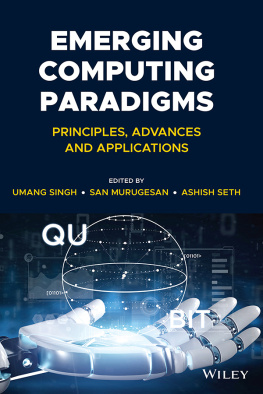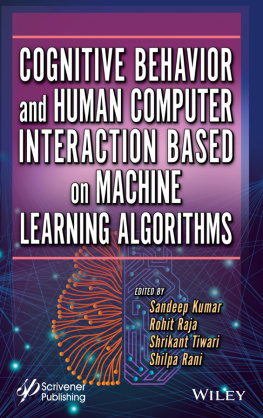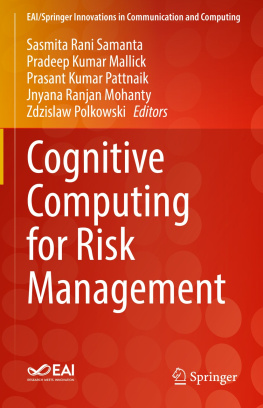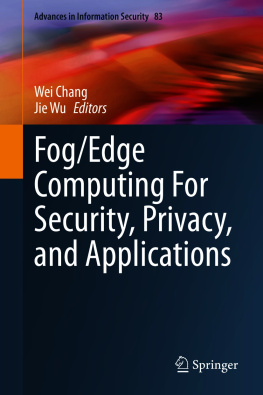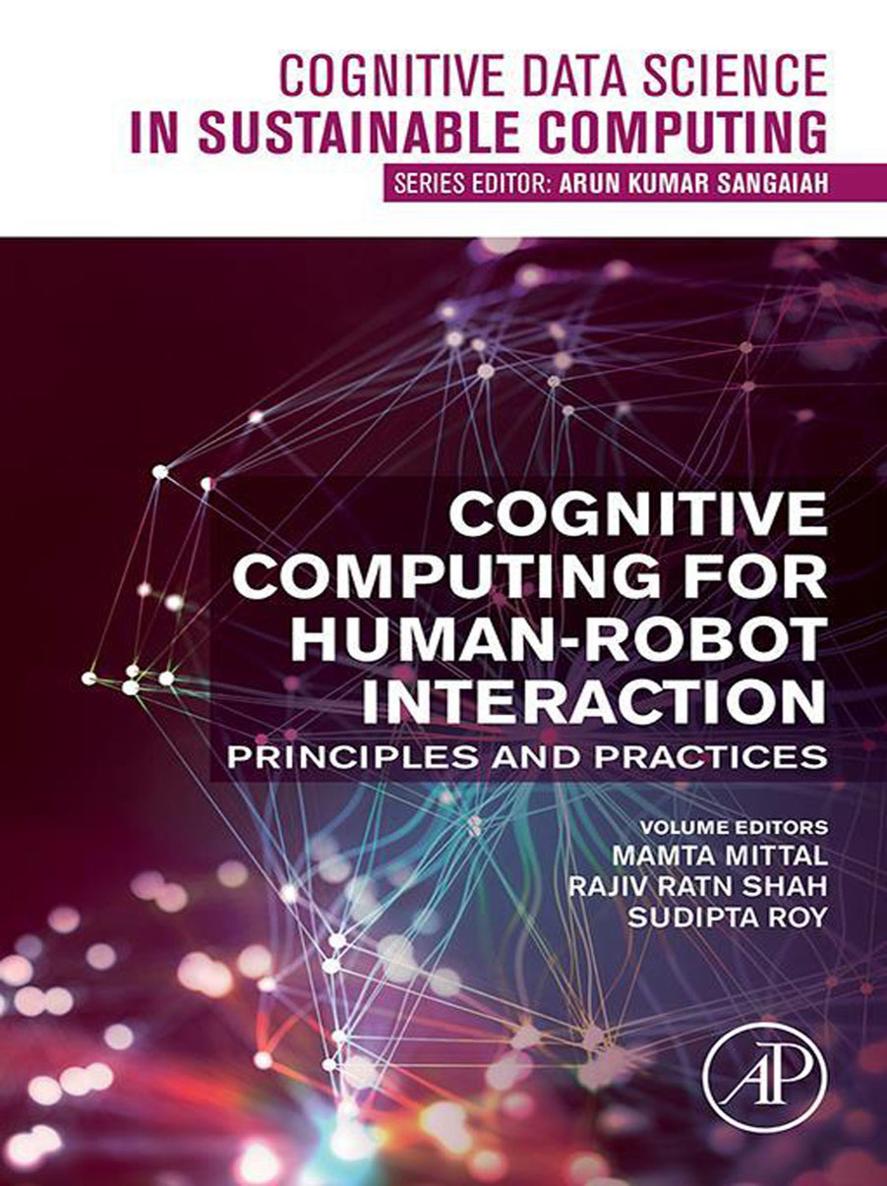Introduction
In this era of modern computing system, cognitive computing is emerging technological mode, as process automation is expected to evolve the old systems. According to Gartner, cognitive computing will change the technology era unlike none of the technology introduced in the last two decade. In technology, cognitive computing is becoming modern buzzword, capturing the attention of many entrepreneurs and tech enthusiasts.
Cognition is the combination of brain related processes and activities used to learn, perceive, think, understand and remember, to acquire knowledge and understand, experience, and the senses. Cognitive Science is the broad scientific study of the human-mind, the brain, and human-intelligent behavior. As cognitive system stimulates the mechanism of human thinking, the use-cases and benefits of cognitive computing are much more advanced and smarter than artificial intelligence (AI) systems. As it is able to analyze and handle Big data, cognitive computing is capable to be used in todays smart and complex system to solve real-life problem. AI creates new ways to solve problems better than human but cognitive computing tries to replicate human behavior to solve problems et al., Cognitive system must adopt the cognitive skills of human like perception, decision making ability, motor skills, language skills and social skills to solve problems. AI can only be intelligent as how individual teach it, but it is not suitable for current cognitive era. Advanced cognitive computing framework uses natural language processing (NLP) with context-aware emotion intelligence, AI, machine learning, neural networks as a foundation to tackle complex routine problems as humans-being. Cognitive computing is defined as An advanced system that learns at scale, reason with purpose and interacts with humans in a natural form et al.,
Cognitive system learns the patterns and advises human react appropriately depending on acquired knowledge. It provides an assistance to human rather than one completing the task. The main purpose of cognitive computing is to assists people in decision making which gives them superior accuracy in analysis. Since cognitive computing has the ability to analyze data faster and more accurately, there is no need to worry about the incorrect decisions. If we see example of healthcare system using AI and using cognitive computing, treatment decisions are made without consulting with human doctor in AI system, whereas cognitive computing work one step ahead and assist doctors for disease diagnosis with the help of data repositories and data analysis which helps in smart decision making.
To provide human assistance, Chabots are important techniques. Chabot development involves a collection of various advance techniques like machine learning, AI, also analytics all of which are involved to make Chatbot experience more conversational.
Cognitive system must analyze data accurately, also it must learn efficient business process. In cognitive systems data collection, comparison and cross-referencing must be highly-efficient to analyze a situation effectively et al., In this era of digital evolution, manual processes are identified so that it can be automated by adopting cognitive technology. IBM is becoming pioneered for the cognitive technology sphere by which it is driving many digital organizations across the globe.
Explosive data is analyzed to get insights from historical data for betterment of future. Cognitive technology understands the past and helps in providing assistant for predicting future events with more accuracy. In future, it will be immensely used by the businesses due to its robust and agile nature. Financial and healthcare domain is already leveraged by power of cognitive computing. In the future, with the use of such a technology, it will be helpful to make human-being more work-efficient.
Introduction
Geometry size and shape
To perform the software analysis, the developer needs to focus on all three dimensions outlined and the geometry is categorized into 1D, 2D, and 3D on a requirement basis. In the field of man-made brainpower, artificial intelligence (AI) methods go for distinguishing complex connections describing the systems that create a lot of yields from a lot of observational information sources, both have been considered as sources of information for the fundamental calculations. When the connections or guidelines are distinguished, expectations can be performed on new information. In the field of numerical reproduction, the adjustment and admiration procedures of CAD models to get ready reenactment models can be viewed as a fulfillment of complex undertakings including abnormal state mastery and numerous activities whose parameterization depends on profound information not regularly formalized. To address this issue, AI strategies can be a decent means to discover decisions that drive the CAD model arrangement forms. Besides, those methods can be useful to underwrite the learning implanted in a lot of adaption situations.
Seeing a lot of reproduction information requires a ton of time and human exertion. These a lot of information most ordinarily result from examinations, for example, robustness analysis or design space exploration, which will uncover the conduct of a structure under vulnerability. In this commitment, we will concentrate preferably on configuration space investigation over vigor examination, since this abandons us more opportunity to pick a plan later on. It is shockingly humanly impracticable to investigate numerous reproductions by hand. This pushes the longing for another computerized procedure to collect the vital data covered up in this information productively.
AI Methods can be viewed as cutting edge measurable techniques, empowering the investigation of a lot of information. The calculations endeavor to discover measurable regular examples inside the information and give techniques to explore or relate these examples. Applying machine learning in another control where computer-aided engineering (CAE) is tragically an out-of-the-case process. As an outcome, it wont work out well to just take the crude information and apply existing techniques to it. Therefore we need to propose a procedure chain for the examination of accident recreation results, using two key innovations: The field of dimensionality reduction contains numerous calculations to discover measurable examples, with the goal that one may locate a few noteworthy clasping methods of a segment when looking at a lot of reproductions. Principle Mining is an induction strategy to help relate these factual examples into circumstances and logical results. An ordinary application is to discover which structures caused explicit miss-happening modes. This information quickly helps architects to fix the undesired conduct of the structure. The general process in CAE is given in Fig.

Figure 10.1 General process in computer-aided engineering.
The car business today is defied which may probably the most noteworthy specialized difficulties in its history. In many districts of the world, guidelines and enactment are being instituted to implement higher efficiency and additionally lower tailpipe discharges. To meet these stricter prerequisites, car organizations are looking to enhancements in powertrain advancements, both for inward ignition motors, just as new powertrain frameworks, for example, half breed and electric powertrain frameworks. Also, diminishing vehicle weight keeps on increasing expanding significance to improve mileage.






